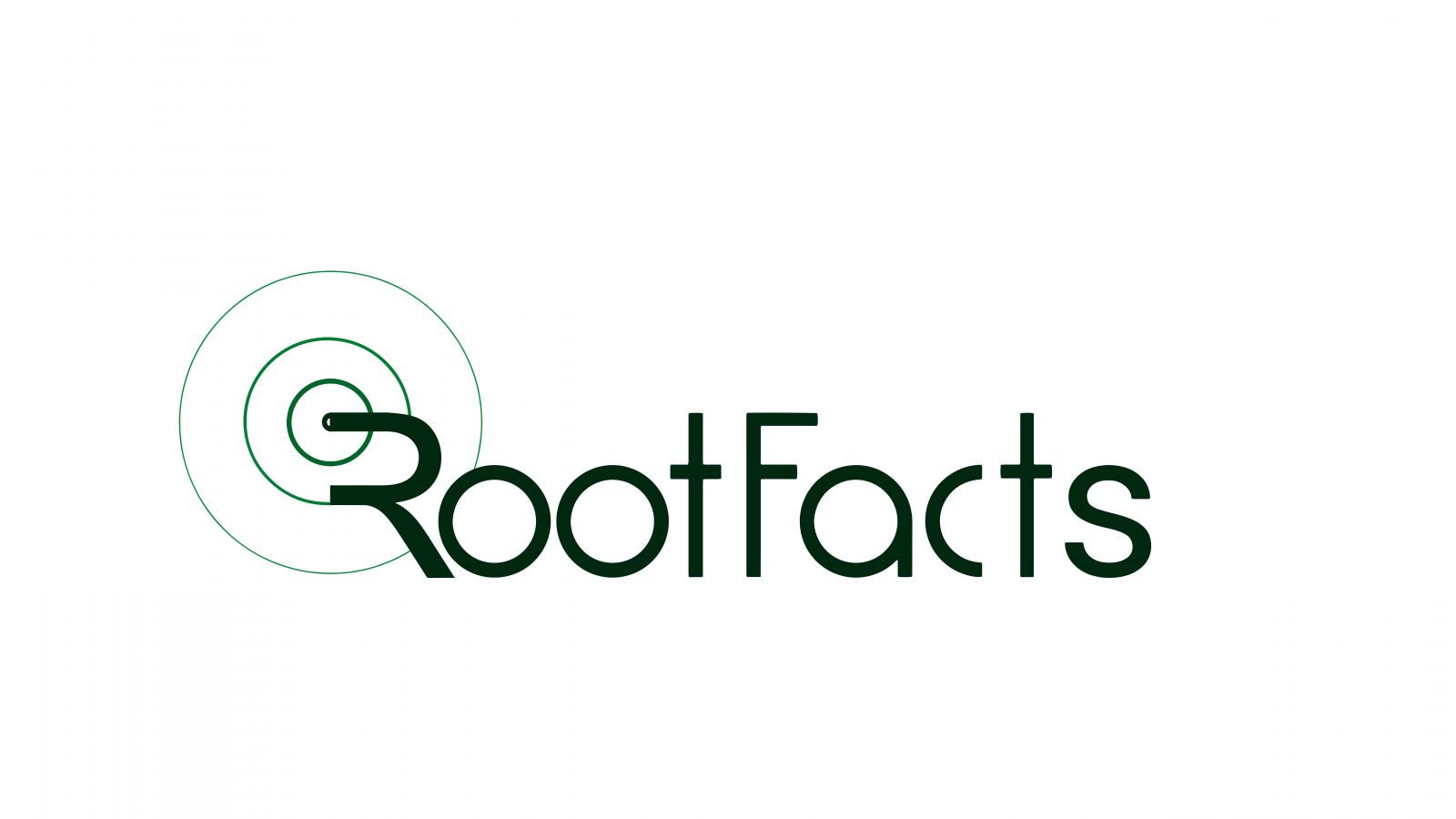Case Study 1
Automated Glazing and Firing Processes with Improved Quality Control (Production)
Challenges
Traditional ceramic manufacturing relies on manual glaze application and batch firing processes, leading to inconsistencies in product appearance and potential for defects. Ceramic companies struggle to ensure consistent glaze application thickness and achieve uniform firing temperatures across large batches.

Solution
Ceramic companies can implement automated glazing and firing technologies. Robotic systems equipped with spray nozzles can apply glaze evenly to ceramic pieces based on programmed parameters. Automated firing kilns can utilize precision temperature control systems and advanced monitoring to ensure uniform heating throughout the firing process. Digital vision systems can also be integrated for real-time glaze application and fired product quality inspection.

Benefits

Improved product quality and consistency with precise glaze application and uniform firing temperatures.
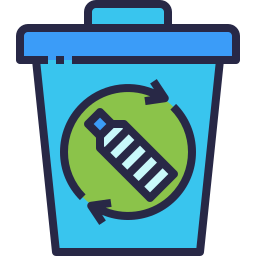
Reduced waste due to defective ceramics caused by uneven glaze application or firing inconsistencies.

Increased production efficiency through automation of repetitive tasks like glaze application and kiln loading/unloading.

Enhanced data-driven quality control with real-time monitoring and potential for automatic flagging of potential defects.
Case Study 2
Real-Time Material Monitoring and Inventory Management for Optimized Production Planning (Operations)
Challenge
Traditional ceramic manufacturing relies on manual inventory tracking and static production planning. Ceramic companies struggle to anticipate material needs accurately, optimize production schedules based on raw material availability, and minimize disruptions due to stockouts.

Solution
Ceramic companies can implement a comprehensive inventory management system with real-time monitoring capabilities. Sensors can be installed in raw material storage silos to track inventory levels of clay, glaze components, and other materials. Production planning software can then be integrated with the inventory system and real-time sales data to forecast material needs and optimize production schedules.

Benefits

Reduced risk of production disruptions by proactively managing raw material inventory and anticipating potential stockouts.

Optimized production planning with data-driven insights into material availability and sales forecasts.
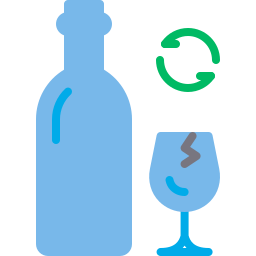
Minimized waste due to overstocking or shortages of specific materials.
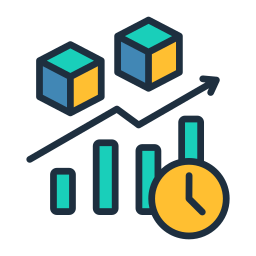
Improved resource allocation and scheduling decisions based on real-time inventory data.
Case Study 3
Smart Factory with Connected Equipment and Predictive Maintenance (Overall Efficiency)
Challenge
Traditional ceramic manufacturing relies on reactive maintenance practices and limited visibility into equipment performance. Ceramic companies struggle to identify equipment issues before breakdowns occur, leading to production downtime and potential product quality issues.
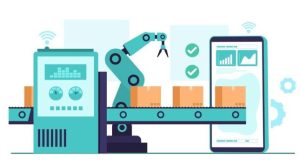
Solution
Ceramic companies can implement a connected factory approach. Production equipment can be equipped with sensors that monitor performance parameters like vibration, temperature, and energy consumption. This data is transmitted securely to a central platform for real-time analysis. Predictive maintenance algorithms can then identify potential equipment failures based on sensor data and historical trends, allowing for proactive maintenance interventions.

Benefits

Reduced downtime and production disruptions through proactive maintenance based on predicted equipment issues.
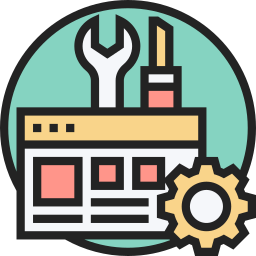
Extended equipment life and improved overall maintenance efficiency.
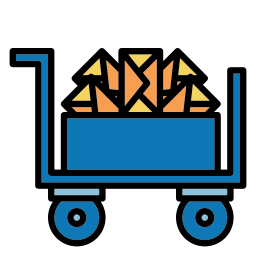
Increased production line availability and overall operational efficiency.
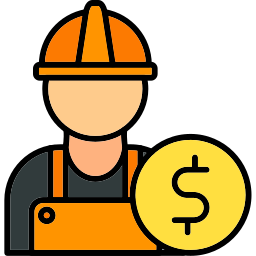
Data-driven decision making for maintenance scheduling and resource allocation for repairs.
These cases highlight how ceramic manufacturing companies can leverage automation technology to address challenges across production, operations, and overall factory efficiency. By implementing these solutions, ceramic companies can achieve higher-quality products with consistent finishes, optimize production planning based on real-time data, and minimize production disruptions through proactive maintenance strategies.
